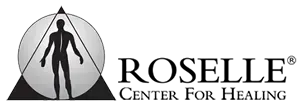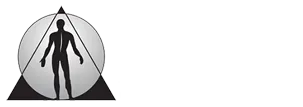Call Now:
Call Now:
- posted: Jun. 19, 2018

Summer is here and, although you may not be actually "dancin' in the streets" as famously proclaimed by the beloved Motown group Martha and the Vandellas, you will likely be spending much more time outside. One of the great benefits of our increased time outdoors is the biochemical activation of vitamin D synthesis triggered by exposure to ultraviolet rays in sunlight. Of course, in today's world, it's important to make sure we're not exposed to too much ultraviolet radiation. We need to balance the beneficial effects of vitamin D verses the harms of overexposure.
Vitamin D, also known as cholecalciferol, is a fat-soluble vitamin that is primarily obtained when our skin comes in contact with sunlight. The molecule thus synthesized is inert metabolically and is processed in the liver and kidney to yield the active form, 1,25-dihydroxycholecalciferol, otherwise known as active vitamin D3. Problematically, we are exposed to substantially less sunlight than were our evolutionary ancestors. Also, we now understand that overexposure to ultraviolet radiation can cause skin cancer, cataracts and other eye disorders, premature aging, and even suppression of the immune system. Therefore, we must obtain vitamin D supplementation from food sources such as eggs, tuna, salmon, cheese, and vitamin D-fortified foods including milk, yogurt, and orange juice.
As many school-age children are taught, we need vitamin D to build strong bones.1 Vitamin D helps absorb calcium from the gastrointestinal tract and helps osteoblasts (bone tissue) utilize the available calcium in the process of building robust Haversian systems (osteons), the fundamental building blocks of compact bone. Vitamin D may also have a role in immune system function and muscle activity. Vitamin D deficiency leads to rickets in children and osteomalacia in adults, both conditions involving the presence of soft, brittle bones, bone pain, and weakness. Vitamin D deficiency may also lead to osteoporosis, that is, overall reduced bone mass, resulting in an increased risk of hip fractures and fractures of other weight-bearing structures.
Read the full newsletter here.
Locations
Roselle Center For Healing
8500 Executive Park Ave #300
Fairfax, VA 22031


